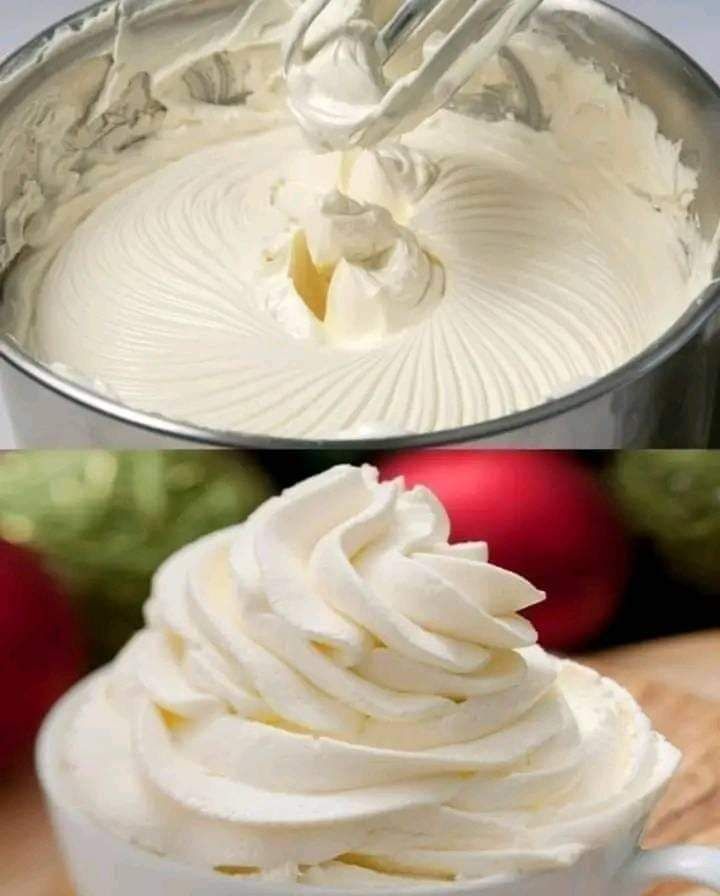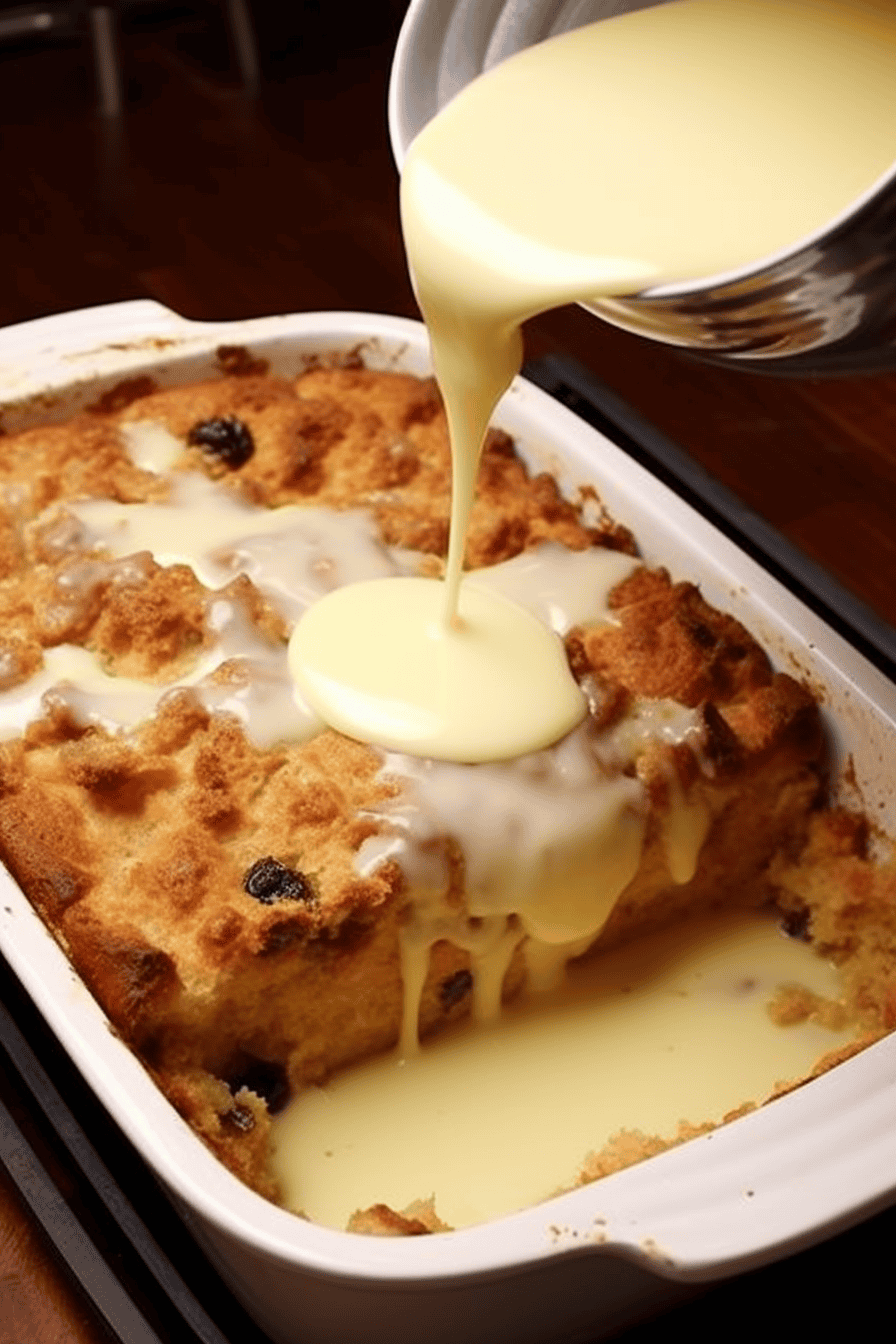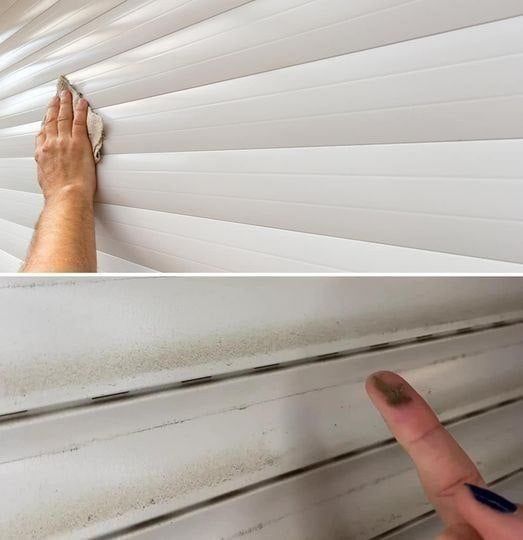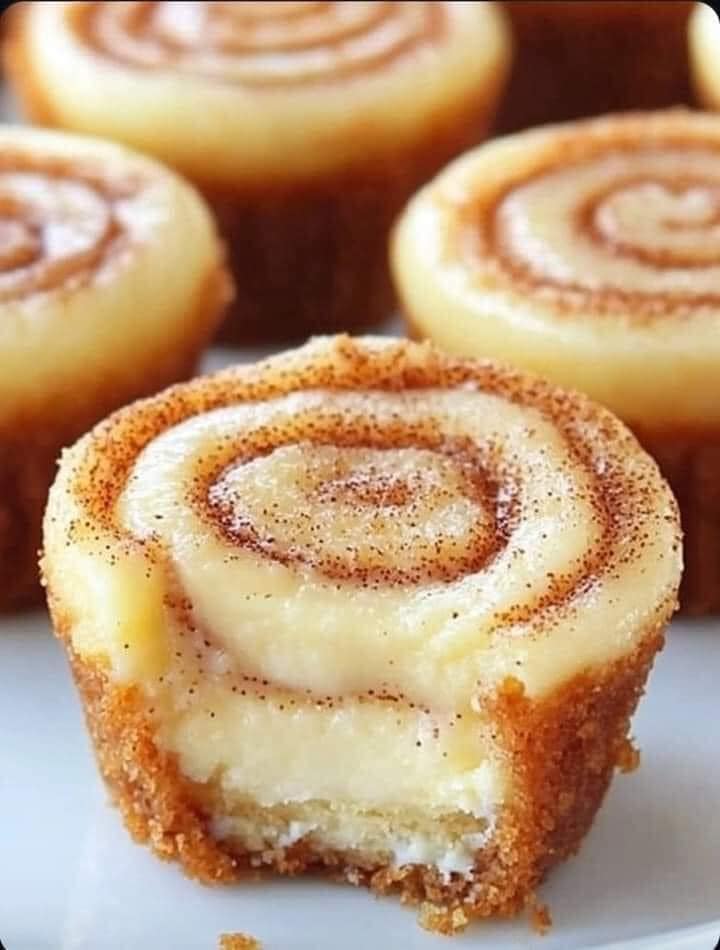Pastry cream, or crème pâtissière, is a luxurious custard that forms the foundation for a wide range of beloved desserts. Its rich, velvety texture and delicate flavor make it a favorite in the pastry world, ideal for filling pastries, cakes, tarts, and even as a component in other desserts. The key to making the perfect pastry cream lies in understanding the process and using the right techniques, which ensures that it is smooth, silky, and free from lumps. In this guide, we’ll break down the essential steps and provide tips for making the ideal pastry cream every time.
Ingredients:
- 480 ml (2 cups) whole milk
- 1/2 cup (100g) granulated sugar
- 1 vanilla bean or 1 tsp vanilla extract
- 5 large egg yolks
- 30 g (1/4 cup) cornstarch
- 2 tbsp (30 g) unsalted butter, finely chopped
Instructions:
Step 1: Prepare the Milk Mixture
The first step in creating your pastry cream is preparing the milk mixture. Start by combining the 1/4 cup of granulated sugar and the whole milk in a medium saucepan.
If you’re using a vanilla bean, cut it lengthwise, scrape the seeds into the milk mixture, and add the entire bean pod to the pan. If you prefer to use vanilla extract, wait until later in the process to add it. Place the saucepan over medium heat, stirring occasionally. You want the mixture to heat up but not boil. Stirring ensures that the sugar dissolves completely into the milk.
Once the mixture is warm, remove it from the heat. Be careful not to let it boil at this point.
Step 2: Prepare the Egg Mixture
While the milk mixture is heating, whisk together the 5 egg yolks, the remaining 1/4 cup of granulated sugar, and cornstarch in a separate bowl. Whisk vigorously until the mixture becomes pale and smooth, which usually takes about 2-3 minutes. This stage is important because the sugar and cornstarch help to stabilize the custard, while the cornstarch will ensure that your pastry cream thickens properly.
Step 3: Temper the Eggs
At this point, you need to temper the egg mixture to prevent the eggs from scrambling when they come into contact with the hot milk. Gradually pour about one-third of the hot milk mixture into the egg mixture, whisking continuously. This step is crucial, as it slowly raises the temperature of the eggs without cooking them too quickly.
Once you’ve added about a third of the hot milk, pour the tempered egg mixture back into the saucepan with the remaining hot milk. Whisk everything together thoroughly.
Step 4: Cook the Pastry Cream
Now, return the saucepan to the heat and bring the mixture back to a simmer over medium heat. Keep whisking the custard constantly as it heats. You’ll notice the mixture begin to thicken after about 2-3 minutes. Continue to cook for an additional 1-2 minutes after it reaches a boil to make sure the cornstarch is fully cooked and the custard has reached the right consistency. The custard should coat the back of a spoon when ready.
It’s crucial to whisk constantly during this step to avoid the custard curdling. Once the mixture thickens and bubbles slightly, remove the saucepan from the heat.
Step 5: Add Butter and Vanilla Extract
Once your pastry cream has thickened, immediately add the chopped unsalted butter. Stir until the butter has melted completely and is incorporated into the cream. This will help to make the cream extra rich and smooth.
If you didn’t use a vanilla bean, now is the time to stir in the vanilla extract. This final addition of vanilla enhances the overall flavor of the pastry cream, giving it that characteristic vanilla-rich taste.
Step 6: Strain the Pastry Cream
To ensure your pastry cream is perfectly smooth and free from any cooked egg bits or curdles, strain it through a fine-mesh sieve into a clean bowl. This step may seem unnecessary, but it guarantees that your pastry cream will have a silky, lump-free texture, which is essential for its use in delicate pastries.
Step 7: Prevent a Skin from Forming
If you don’t want a skin to form on the top of the pastry cream as it cools, press a piece of plastic wrap directly onto the surface of the cream while it is still warm. This will prevent air from making contact with the surface and forming a layer of dried custard.
Step 8: Cool the Pastry Cream
Let the pastry cream cool to room temperature before refrigerating it. Once it has cooled down, cover it tightly with plastic wrap and refrigerate for at least 2 hours. The cream must be completely cold before using it in desserts like éclairs, cream puffs, or tarts.
Success Tips for Perfect Pastry Cream:
- Use Fresh Ingredients: Fresh eggs, milk, and butter will significantly improve the flavor and texture of your pastry cream. Don’t substitute with low-fat or non-dairy versions if you want to maintain the richness and creaminess that makes pastry cream so luxurious.
- Whisk Continuously: Stirring constantly during the cooking process is essential to achieving a smooth texture. If you stop stirring, the custard might cook unevenly or form lumps. Patience and consistent whisking are key.
- Strain the Cream: Don’t skip the straining step! This removes any curdled eggs or clumps that may have formed and ensures a velvety smooth texture.
- Cool Properly: Covering the pastry cream with plastic wrap directly on the surface while it cools prevents a skin from forming, ensuring that your pastry cream remains smooth and creamy.
How to Customize Your Pastry Cream:
Pastry cream is incredibly versatile. You can adjust the recipe to suit various flavors and preferences. Here are a few ways to customize your pastry cream:
- Chocolate Pastry Cream: To make a decadent chocolate pastry cream, simply stir in 4 ounces (113 g) of chopped dark chocolate into the boiling pastry cream once you remove it from the heat. Stir until the chocolate is fully melted and incorporated.
- Coffee Pastry Cream: For a coffee-flavored pastry cream, dissolve 2 tablespoons of instant coffee granules in the warm milk mixture before you combine it with the egg yolks. This will give the pastry cream a deep, aromatic coffee flavor that pairs perfectly with chocolate desserts.
- Citrus Pastry Cream: If you want to make a citrus-flavored pastry cream, you can add zest from one lemon, lime, or orange to the milk mixture while heating it. This will infuse the cream with a light, refreshing citrus flavor.
- Other Flavor Variations: You can experiment with other flavors by infusing the milk with herbs (like mint or lavender) or spices (such as cinnamon or nutmeg). Just remember to strain the pastry cream after the infusion process to remove any solids.
Serving Suggestions:
Pastry cream is an essential element in many classic desserts. Here are some of the best ways to use it:
- Éclairs and Cream Puffs: Pastry cream is the traditional filling for éclairs and cream puffs. Once your pastry cream is fully chilled, pipe it into the center of these delicate pastries for a rich, creamy filling that balances the crisp pastry shell.
- Layer in Cakes: Use pastry cream as a layer between cake layers for a rich and creamy addition. It’s perfect in sponge cakes, genoise, and layered pastries like mille-feuille.
- Tarts: Fill pre-baked tart shells with pastry cream for a beautiful and delicious dessert. You can top the tarts with fresh fruit or drizzle with chocolate ganache for added decadence.
- As a Dip: Serve pastry cream as a dip for fresh fruits like strawberries, raspberries, or other berries. It makes a simple but elegant dessert for a casual gathering or afternoon tea.
- Parfaits and Jars: Layer pastry cream with fruit and crumbled cookies or cake in mason jars or parfait glasses for a fun, customizable dessert.
In Conclusion:
Pastry cream is the backbone of many classic French pastries and desserts. Once you master the art of making the ideal pastry cream, you’ll open the door to endless possibilities in the kitchen. With a few key ingredients and a little practice, you’ll be able to create a rich, silky, and decadent custard that elevates your baking to the next level. Whether you’re filling éclairs, layering cakes, or making tarts, the perfect pastry cream is sure to be the star of your next dessert creation.
Enjoy!





